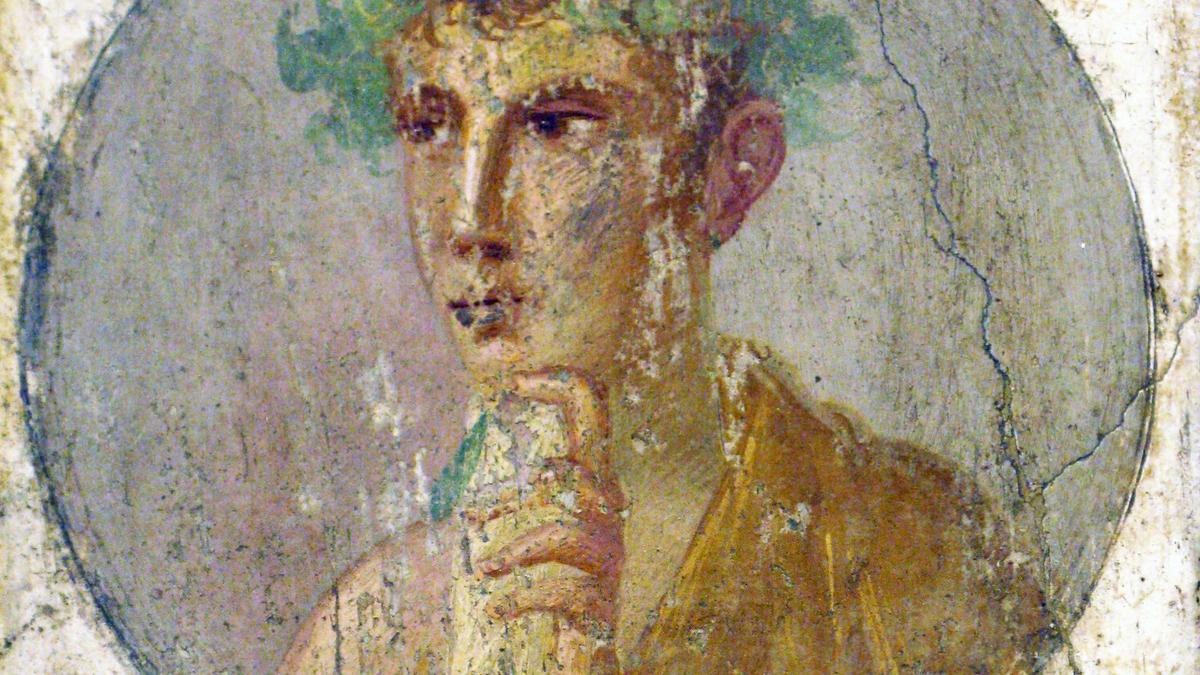On August 24, 0079, Mount Vesuvius blew its top. The citizens of Pompeii and Herculaneum were caught off guard by the hellfire. The city perished under hot ash. But the killer ash also ended up entombing the city and preserving it near intact.
Nearly 1,700 years later (in 1738), Herculaneum showed up when workers were digging for a well. King Charles III of Spain, who was also the king of Naples, lost no time in ordering excavations. Ten years later, when they unearthed Pompeii, they found the city remarkably well preserved.
Pompeii has since become the stuff of fantasy and folklore, inspiring books and movies; but, importantly, it has served as a trove of knowledge, revealing much about the past. But it has also held several mysteries — one of which are a set of rolled and charred papyrus.
How on earth can one decipher what a charred papyrus says? With artificial intelligence.
So you now have an open ‘Vesuvius Challenge’, offering money to those who can reveal the blackened words. Some have even won good money for uncovering a few words here and there.
But how will AI “unroll” a rolled papyrus? We put the question to AI itself (ChatGPT) and it replied as follows: “The process typically starts with a high-resolution scan (like a CT scan) that produces a detailed 3D digital image of the scroll’s interior structure. Then, AI algorithms — often using techniques from computer vision and deep learning — analyse these images to identify the different layers of the scroll and the areas that contain text. Once the layers are segmented, mathematical models and geometric transformations are applied to “flatten” these curved surfaces into a 2D plane. This virtual unrolling preserves the text and structure without physically handling the fragile artifact.”
